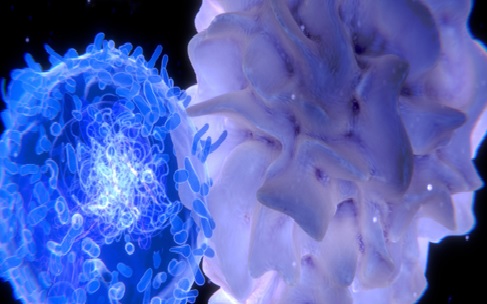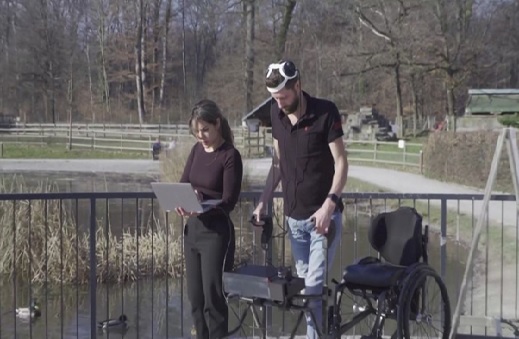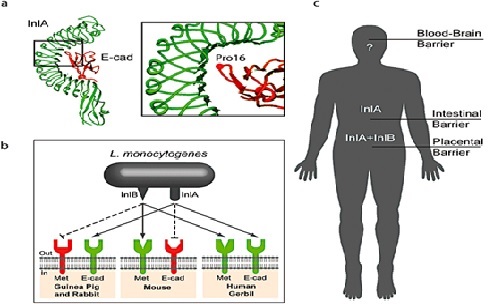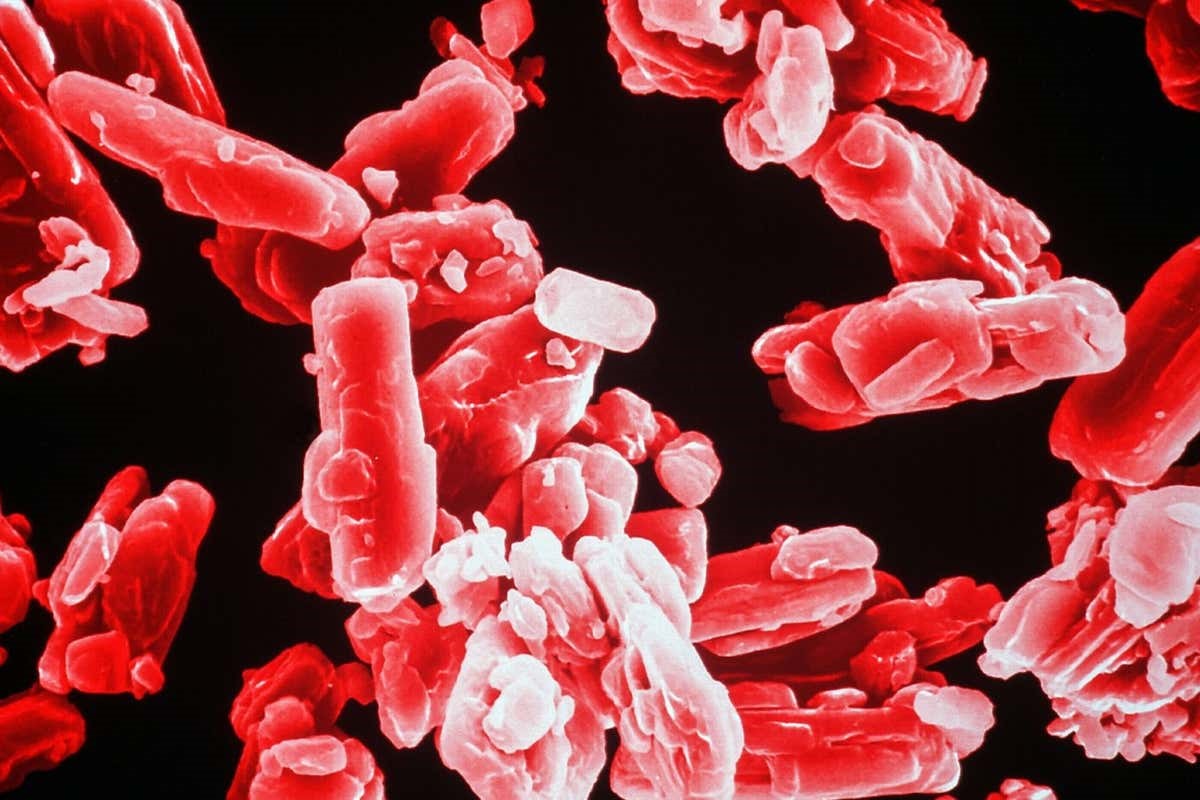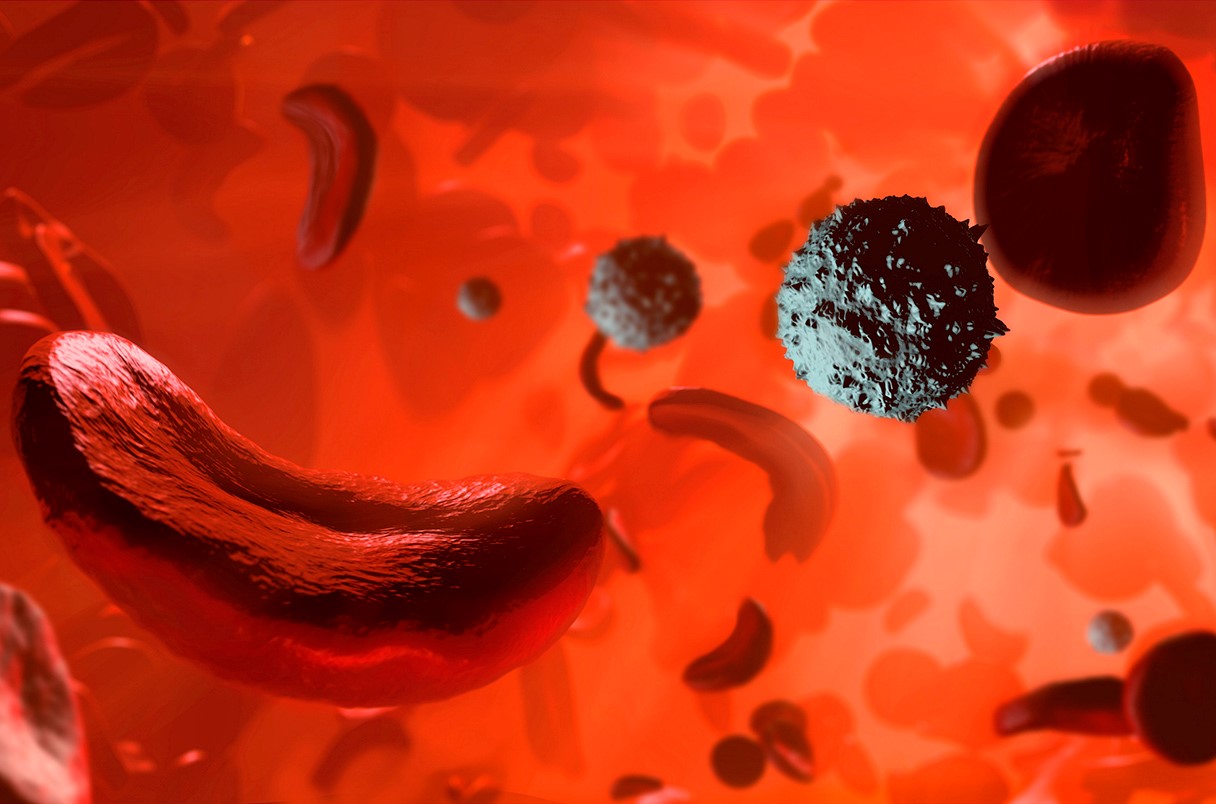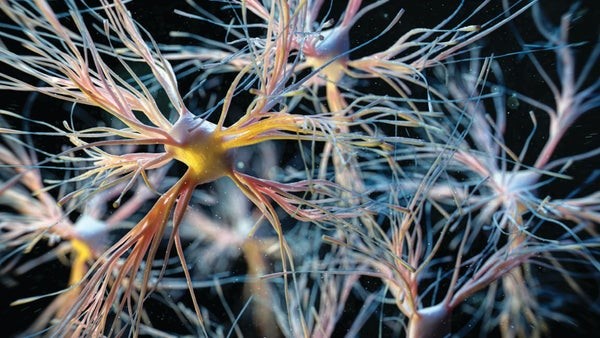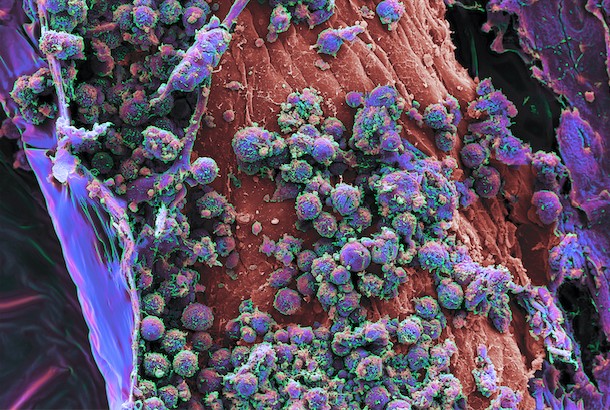Detecting the Viral Elephant in the Room
A groundbreaking tornado-like vortex sampling technology has been developed by aerosol scientist Rajan Chakrabarty and his team at Washington University in St. Louis. This innovative monitor can swiftly detect low levels of SARS-CoV-2 viral particles within minutes. The urgency for more efficient methods to monitor indoor air quality became evident during the COVID-19 pandemic, as activities like coughing, sneezing, or even talking can disperse thousands of infectious aerosol droplets. The real-time monitor demonstrated the capability to detect as few as single-digit viral RNA copies in the air. Published in Nature Communications, this study marks a significant advancement in the field, opening doors for enhanced real-time environmental surveillance of SARS-CoV-2.

Figure 1.Detecting the Viral Elephant in the Room
Figure 1Shows Detecting the Viral Elephant in the Room Rajan Chakrabarty, an aerosol scientist at Washington University in St. Louis, acknowledged the seemingly improbable nature of the endeavor due to the extremely low concentrations of virus aerosols in indoor air, likening it to finding a needle in a haystack. The challenge of achieving ultrasensitivity in detection technology prompted Chakrabarty to collaborate with Joseph Puthussery, a postdoctoral researcher at the university and coauthor of the paper. After multiple iterations, they successfully developed a compact machine, comparable in size to a standard microwave. This innovative device incorporates a wet cyclone sampling system for particle capture and a biosensor specifically designed to detect the SARS-CoV-2 spike protein.
The team initially employed computational fluid dynamic modeling to determine the optimal flow rate and particle sampling efficiency for their machine. Based on this data, they maintained a high flow rate of approximately 1,000 liters per minute, ensuring the collection of a representative sample over a five-minute period. Chakrabarty explained the unique approach, stating, "Essentially, we mimic the physical appearance of a tornado in our sampling system by sucking in a high volumetric flow rate of air that creates a vortex. Then, we wet the walls of the cyclone to trap the airborne particles for sampling."
To identify viral particles, the fluid collected from the wet cyclone was passed through the biosensor. In previous research, this biosensor had been utilized to detect amyloid beta as a biomarker for Alzheimer's disease. For this study, Chakrabarty's team adapted the sensor by coating its electrodes with tiny antibodies, or nanobodies, derived from llamas. These llama-derived nanobodies demonstrated high efficiency in recognizing the spike protein from the SARS-CoV-2 virus and several of its variants.
In measuring the concentration of the virus, the biosensor employed voltammetry as its technique. The researchers applied voltage to the sample, causing the oxidation of the tyrosine amino acids within the spike. By analyzing the resulting current, they were able to determine the viral concentration. The monitor would illuminate if live virus particles were detected, showcasing its high sensitivity that could discern concentrations as low as seven RNA copies per cubic meter of air in controlled chamber experiments.
"The integration of these two technologies is a powerful tool," remarked Chang-Yu Wu, an aerosol scientist from the University of Miami, who was not part of the study. To test the monitor's efficacy beyond the laboratory, Chakrabarty conducted sampling in household air from two asymptomatic patients who had tested positive for SARS-CoV-2 by RT-qPCR. Despite the patients showing low virus aerosol shedding during the sampling period, the monitor accurately identified the presence of the virus, showcasing its robustness and high capture efficiency even in environments with low virus concentrations.
The air monitor holds promise for on-the-spot sampling and detection of viral particles in indoor settings such as airports and hospitals, particularly in crowded spaces. Joseph Puthussery highlighted its potential, stating, "The building managers [could] receive important information regarding the air quality inside their building and inside different rooms at a particular time."Looking ahead, Chakrabarty and his team have plans to adapt the machine to capture and detect other airborne pathogens of interest.
Source:TheScientist
Cite this article:
Janani R (2023), Detecting the Viral Elephant in the Room, AnaTechMaz, pp.208


